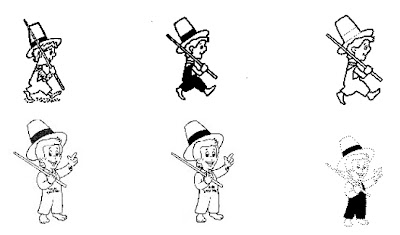"GREEN CEMENT" Merely Descriptive of Environmentally-Friendly Cement Products, Says TTAB, Concretely
Observing that the the term "green" is "ubiquitously used as an adjective" to denote that a good or service is environmentally friendly, the Board affirmed a Section 2(e)(1) refusal to register the mark GREEN CEMENT, finding it to be merely descriptive of cement and cement-related products. In re Calera Corporation, Serial No. 77409087 (March 24, 2010) [not precedential].

Examining Attorney Frank J. Latucca argued that "[applicant’s] goods are ... specifically made in a way that is more environmentally friendly than normal. ...[a]s such, the mark as a whole is clearly descriptive of the applicant’s goods-namely environmentally friendly cement." He pointed to Applicant Calera Corporation's response confirming that its goods are "produced using processes that emit low level carbon dioxide by-products as compared to standard processes" and "will be made in a way that reduces their carbon footprint."
The Examining Attorney also submitted dictionary definitions of "green" [environmentally sound or beneficial] and "cement" [stuff mixed with water to form concrete], as well as webpages using the term "green cement" descriptively [if not generically]. And he provided several third-party registrations with the word "green" disclaimed or with a 2(f) claim.
Not surprisingly, the Board found that the Examining Attorney had made a prima facie case under Section 2(e)(1).
[W]hen the individual components are combined as GREEN CEMENT there is nothing unique or incongruous about the combination such that it is not merely descriptive. A cement that is made in a way to reduce its carbon footprint, a significant breakthrough, is environmentally beneficial, i.e., green. *** Nothing is left to the imagination that the term GREEN CEMENT is referring to environmentally-beneficial cement.
As usual, this Applicant argued that some degree of thought and imagination would be required to make a connection between the mark and the goods.
The leap from (a) a unique phrase involving a combination of the ambiguous term 'CEMENT' and the slang term 'GREEN' to (b) highly specialized mortar aggregates (and the unique technological process by which [a]pplicant produces them) is certainly not an automatic one, and requires imagination, thought and perception to bridge the gap.
Not so, said the Board: there is nothing ambiguous about the word "cement" and no "imagination or thought" is needed to recognize that "green" describes a significant feature of the goods.
Finally, Applicant tried the ever-popular, always futile argument that consumers the term GREEN CEMENT would not be sure of what it refers to: it could be "1) freshly and not completely hardened; 2) green in color; e) newly manufactured or poured; 4) covered in foliage; or 5) environmentally beneficial." [How about 6) envious; 7) nauseous ? - ed.]
The Board pooh-poohed that argument: it is constrained to make its analysis within the context of the identified goods, not with its eyes closed.
Finally, the Board noted the standard doctrine that even if Applicant is the first and only user of the term GREEN CEMENT, the term is still descriptive of the goods.
And so the Board affirmed the refusal to register.
TTABlog comment: What if Applicant's cement were colored green? Do two "violations" of the Section 2(e)(1) mere descriptiveness ban cancel each other out?
What do you think of the Board's ruling in January 2007 that GREEN BRANCH is not merely descriptive for banking services? [TTABlogged here]. I picked that decision as one of the ten worst of the year.
Text Copyright John L. Welch 2010.




































